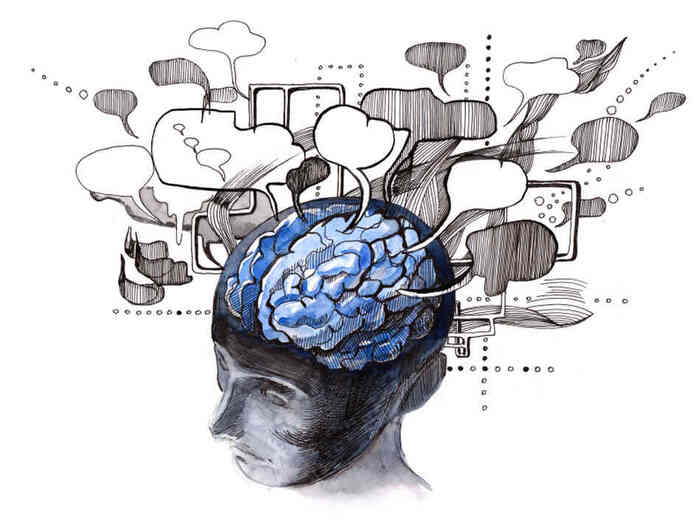'Daydreaming' : A Visionary Imagination
April 2021
Daydreaming is a part of our life which is sometime beneficial and sometime causes mental illness. According to Harvard psychologists, we spend nearly 50 percent of our waking hours thinking about something other than what we are doing. Researchers are of the opinion, that this is daydreaming. New ideas, spark in our subconscious mind during daydreaming.
Let's discuss the psychological phenomena of 'Daydreaming'. It is one of the forms of imagination that helps to open new vision or horizon in an individual's future. As per Wikipedia, Daydreaming is the stream of consciousness that detaches from current external tasks when attention drifts to a more personal and internal direction.
This phenomenon is common in people's daily life shown by a large-scale study in which participants spend 47% of their waking time on an average daydreaming. Daydreaming is the term used by Jerome L. Singer whose research programs laid the foundation for nearly all the follow-up studies in this area today.
Daydreaming is one of the states of an individual that provides you a qualitative information / idea / experience related to yourself or connected situation. However, it is an imaginative process for undeveloped events of our life.
According to a CNA-Singapore post, a growing body of research and evidence from clinical therapy suggests we can use purposeful, playful daydreaming to improve our overall well-being.
Researchers have explained two aspects of daydreaming- positive-construction daydreaming (PCD) and dysphoric daydreams (DD). Positive-construction daydreaming refers to the happy and imaginative funny thoughts whereas dysphoric dreaming is completely opposite that is unhappy or stressful thoughts. Moreover, researchers and psychologist have typically defined daydreaming as an unintentional thought pattern.
Productivity and Daydreaming
Daydreaming is a mind activity that allows your mind to think freely without any boundaries. Some of the researchers have defined it as mind wandering. It is one of the unique exercises that enhances creativity and productivity alongwith imaginary scenarios. It is a cognitive tool to shape emotions. Therefore, you need to allow your mind to think freely.
According to philosopher, Soren Kierkegaard, freedom may seem appealing, but it also causes anxiety and makes us feel dizzy. So, you need to be spontaneous, self-aware and try to explore missing information in the process of daydreaming. Always remember You can unfold your thoughts and visualize real consequences. there is no structured format for daydreaming because you need -
- to activate and deactivate your attention many times.
- to remove or deny unhappy events or thoughts as that is dysphoric daydreaming.
- to try to be closer to the reality.
- not push or burden your mind for conclusions. Be patient.
Eventually daydreaming helps to improve your memory. This will allow you to readily view the scenario in your conscious mind. Jerome Singer, a former professor at Pennsylvania State University and the father of daydreaming research, hypothesized that daydreaming can have a positive effect on an individual.
Great scientists like Albert Einstein, Isaac Newton, Thomas Edison became genius because they allowed their mind to wander. Hence Daydreaming is one of the positive aspects for Success.
Also Read : 'Holistic Therapy: A Non-Drug Treatment'
Share This:

